Key Concept of Poka Yoke Management

Key Concept of Poka Yoke Management
What Is Poka - Yoke?
Poka - Yoke is a strategy for performance excellence. The Simple meaning of Poka-yoke or Mistake Proofing is to eliminate Mistakes. It is a methodology that is used to strive toward zero defects by either preventing or automatically detecting defects.? Poka Yoke is a Japanese term literally defined as 'mistake proofing. It is often used in the context of designing devices, that prevent defects from being made or, if they are made, from moving to the next process. Poka-yoke can be used wherever something can go wrong or an error can be made. It is a technique, a tool that can be applied to any type of process be it in manufacturing or the service industry.
History of Poka - Yoke
The phrase Poka-Yoke originates from the Japanese words yokeru = to avoid poka = inadvertent errors
Poka-yoke was coined in Japan during the 1960s by Shigeo Shingo who was one of the industrial engineers at Toyota. (poka-yoke techniques to correct possible defects + source inspection to prevent defects equals zero quality control). The initial term was poka-yoke, which means 'fool-proofing'. In 1963, a worker at Arakawa Body Company refused to use poka-yoke mechanisms in her work area, because of the term's dishonorable and offensive connotation. Hence, the term was changed to poka-yoke, which means 'mistake-proofing'. Where this is not possible, poka-yokes perform a detective function, eliminating defects in the process as early as possible.
Concept of Poka - Yoke Control or features in the product or process to prevent or mitigate the occurrence of errors. Requires simple, inexpensive inspection (error detection) at the end of each successive operation to discover and correct defects at the source In order to eliminate mistakes, we need to modify processes so that it is impossible to make them in the first place. With mistake proofing solutions, many repetitive tasks that depend upon the memory of the worker are built into the process itself. Mistake Proofing frees the time and minds of the workforce to pursue more creative and value adding activities. Mistake Proofing and Fail Safeing (Poka Yoke) is a part of the Lean toolkit that enables organizations to produce services or goods using source inspection and the Poka - Yoke system.
Poka - Yoke Process Approach
An approach for Mistake - proofing processes using automatic devices or methods to avoid simple human or machine error such as * Forgetfulness * Misunderstanding * Errors in Identification * Lack of experience * Absent Mindedness * Delays * Malfunctions
Need Of Poka - Yoke
Poka - Yoke is used to eliminate Mistakes or Errors.
The main Three Reasons are
* Competitive Quality Pressures * Focus of the organizations from "Quality" to "Competitive Quality" * Fast-Changing Industry Conditions * Globalization, Privatization, and changing customer needs and company own * You must be looking for ways to make your customer happy and meet their future needs * Complacency with present performance * Constructive level of dissatisfaction with the present performance
Types of Errors
Processing Error: Process Operation missed or not performed as per the standard procedure. Set up Error: Using the wrong tooling or setting machine adjustments incorrectly. Missing Part: Not all parts including in assembly, welding or other processes. Improper Part / Item: Wrong part is used in the process. Operations Error: Carrying out an operation incorrectly, having the incorrect version of the specification. Measurement Error: Errors in Machine adjustment, Test measurement or Dimensions of a part coming in from the supplier.
Causes of Errors
* Poor procedure or standards * Machines * Non - Conforming Material * Worn Tooling * Human Mistakes * Forgetfulness * Misunderstanding * Wrong Identification * Lack of Experience * Willful (Ignoring rules or procedure) * Inadvertent or sloppiness * Slowliness * Lack of Standardization * Intentional (Sabotage) * Surprise (Unexpected machine operation etc.)
Except for Human Mistakes, these conditions can be predicted, and corrective action can be implemented to eliminate the cause of the defect.
Error Detection Technique
* Self-Monitoring
* Checking by others
* Environmental cues
* Correct the Root Cause of the problem
Root Cause Analysis of Poka - Yoke
* The 5 Whys * What is - What isn't analysis * Data collection and data display * Failure analysis * Simulations * Statistical analysis * The Root Cause Question
The 5 Whys
Ask why 5 or more times to tunnel down into the root cause. The secret behind the 5-whys technique is to accept the answer, but t then ask why again and again until the root cause is covered. Ask a series of why questions related to the problem
What is - What isn't Analysis
Often listing what the problem is and isn't helps get to the root cause by a matter of elimination. What is - What isn't question include: What happened? What might you have expected to happen but didn't? Where did it happen? & Where didn't it happen? What Changed the process? & What didn't change in the process? Which supplier was involved? & Which wasn't?
Data Collection and Data Display
Fact-based problem solving - that's what root cause analysis is all about. To get facts, collect data from the process or create data related to the processes Once data have been collected, there are a number of simple methods to analyze data using graphical display techniques. Data display tools turn the data into pictures and a picture of what has happened often leads to the root cause.
Failure Analysis
Techniques for collecting data from failure analysis include reviewing physical evidence (much like crime investigation), special testing, accelerated testing, and finite element analysis. You might need special tools or techniques to review the physical evidence, or you might need to conduct special testing on the product or process itself. Use well-designed and easy-to-use data collection forms. Good detective skills can turn interviews into effective data-collection events.
Simulations
Simulation can be used to collect data using computer modeling software, pilot plant experimentation, and if need be experimentation using the actual process itself. With the proper model, a computer could help point the way to the root cause. Or it might be pilot-plant trials or experimentation using the "real" process that generates the data that leads to the root cause
Statistical Analysis
While data display methods are usually easier to use, sometimes a statistical analysis technique is needed to wring the real meaning out of the data. SPC control charts will actively signal a problem with a process. Correlation and regression analysis and multivariate analysis may be needed to make sense of the data.
The Root Cause Question Once you think you are at the root cause, take a step back and ask yourself the root cause question- "Does this cause explain all that is known about what the problem is, as well as all that is known about what the problem isn't?" This is really a two-part question: make sure the root cause found fits both the "is" and the "isn't" sections of the question. If the cause being tested doesn't fit both, then it's probably not the root cause.
Poka - Yoke Principles
* Elimination * Replacement * Prevention * Facilitation * Detection * Mitigation
Poka - Yoke Devices
* Guide/Reference/Interference Rod or Pin * Template * Limit Switch/Micro switch: * Counter * Odd Part Out Method * Sequence Restriction * Standardize and Solve: * Critical Condition Indicator: * Detect Delivery Chute: * Stopper/Gate * Sensor
Poka - Yoke Advantages
Poka - Yoke supports efforts to eliminate waste of:
* Over Production * Inventory * Waiting * Transportation * Motion * Over Processing * Quality Defects * Reprioritization * People's skills
Poka - Yoke Applications * Manufacturing Industry * Service Industry * Office administrative * Transactional
Learners Ink 2019 - | All Rights Reserved



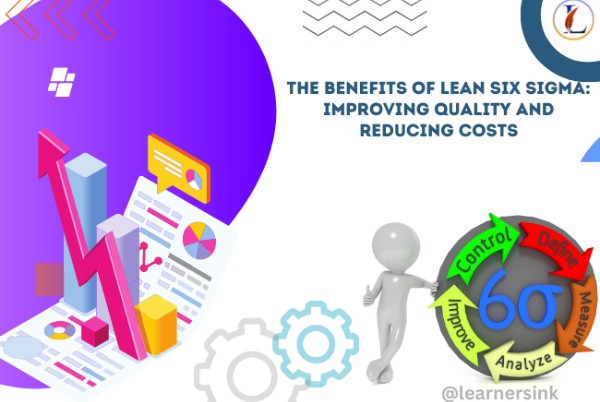



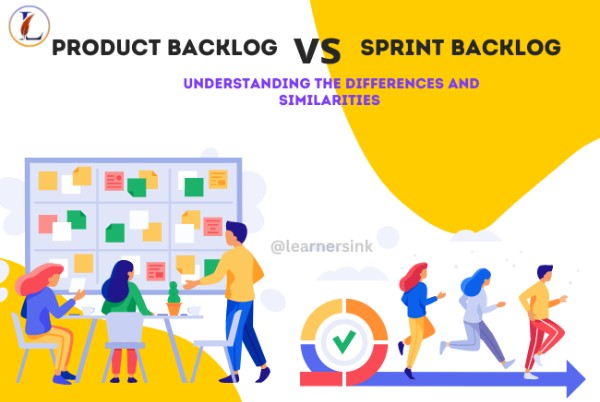











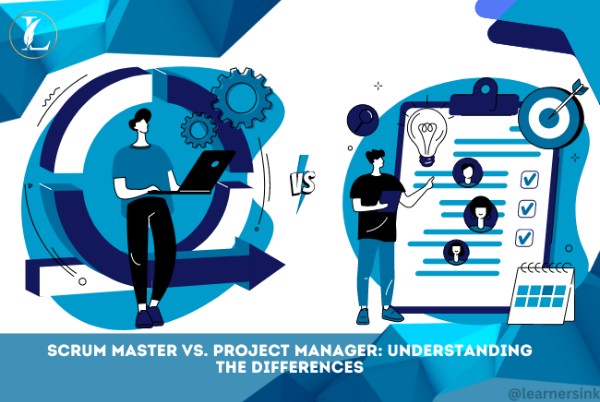






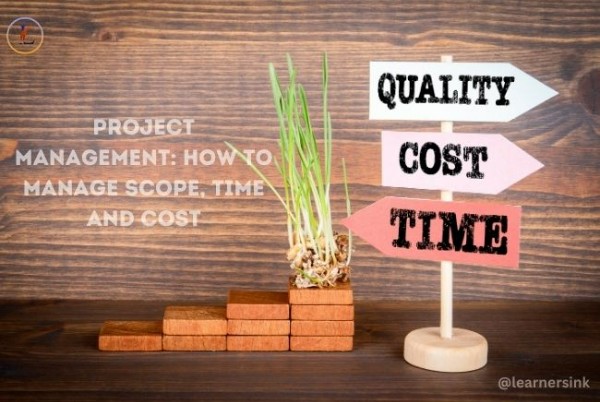









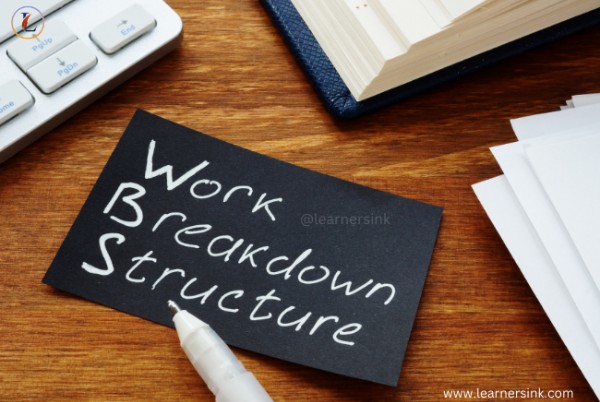












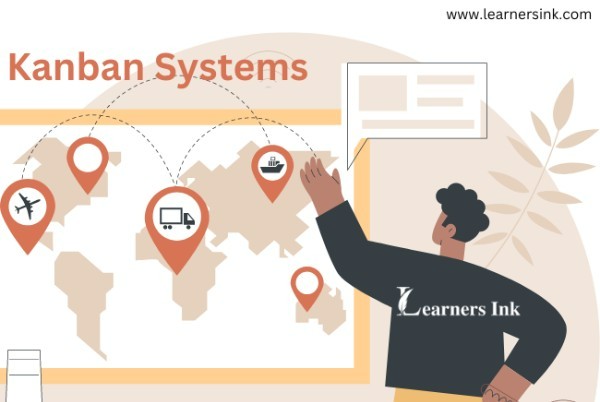




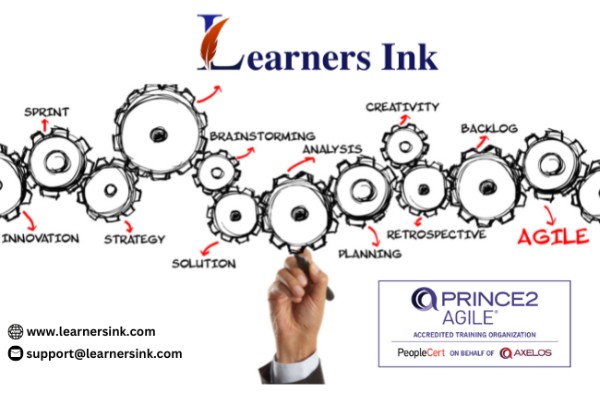




.jpg)

